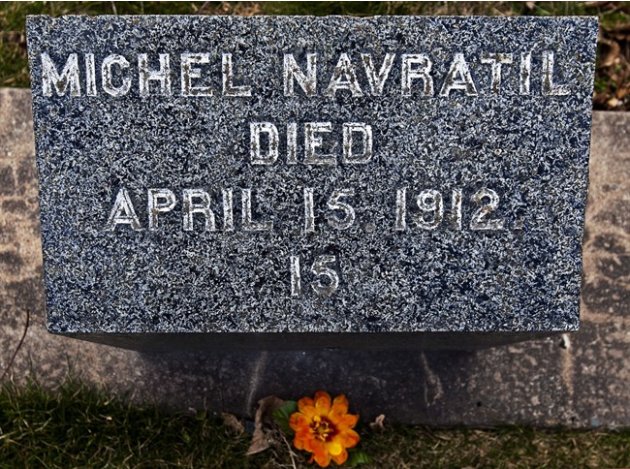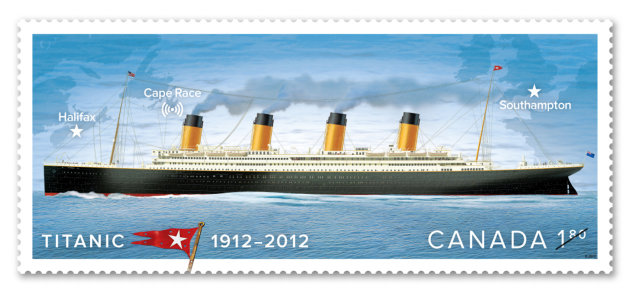
Image courtesy of Titanic 100 Halifax


Fairview Lawn Cemetery
Over 100 Victims of the sinking of the Titanic are burried at the Fairview Lawn Cemetery, Halifax, Nova Scotia (Canada)

With 121 graves, Fairview Lawn Cemetery has more Titanic victims interred than any other cemetery in the world. (Nova Scotia Tourism)


A distant relative of a Titanic passenger places a rose on the plaque of 1,512 names of those who died from the Titanic during the 100th anniversary commemorations and memorial dedication of the Titanic disaster in Belfast;Northern Ireland on April 15;2012. The vessel struck an iceberg in the North Atlantic on its maiden voyage on April 14 1912;with the loss of around 1,500 lives. It was built in Belfast's Harland and Wolff shipyard.
Read it on Global News: Global BC | Halifax pays respects to victims of Titanic sinking at local cemetery
Although about 700 survivors had been rescued by the RMS Carpathia, some—largely very wealthy—families of the victims who wanted the bodies of their loved ones recovered put pressure on White Star Lines to mount a recovery operation out of Halifax.
“Halifax is so central to the story, and this isn’t covered in a lot of books about the Titanic, because many books about the Titanic end with the sinking and the rescue operation—the 700 plus people who were rescued by Carpathia and taken to New York City. They might mention the American and British inquiries that occurred afterwards, but very few actually talk about the recovery operation that was mounted out of Halifax"

Night of the Bells Saturday, April 14, 7:30 p.m. to 9:30 p.m.
Maritime Museum of the Atlantic, 1675 Lower Water Street, Halifax

A wreath floats after being thrown into the sea during a service of remembrance aboard the Titanic Memorial Cruise, over the Titanic disaster site 100 years after it sank in the western Atlantic Ocean April 15, 2012. The ill-fated Titanic liner hit an iceberg and sank 100 years ago on April 15, 1912 (REUTERS)

This handout image provided by Canada Post shows a stamp to be unveiled commemorating the 100th anniversary of the Titanic disaster.








